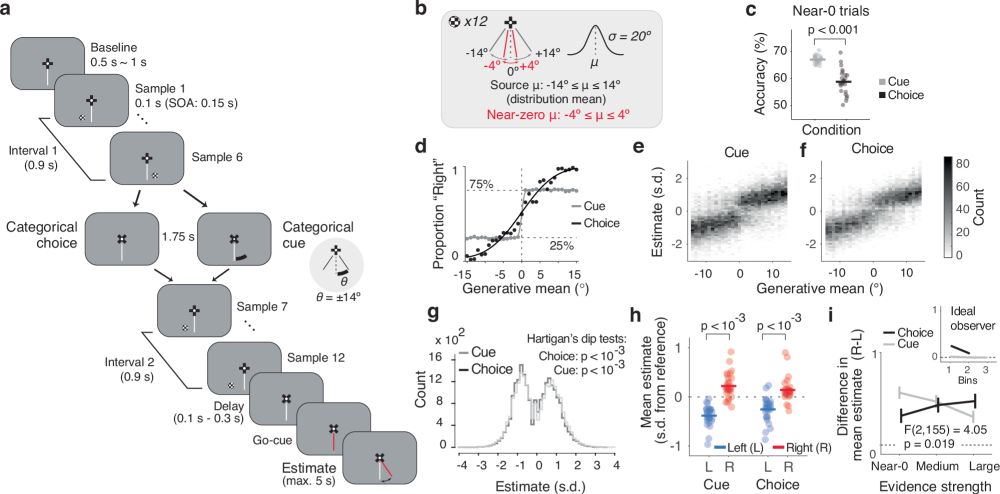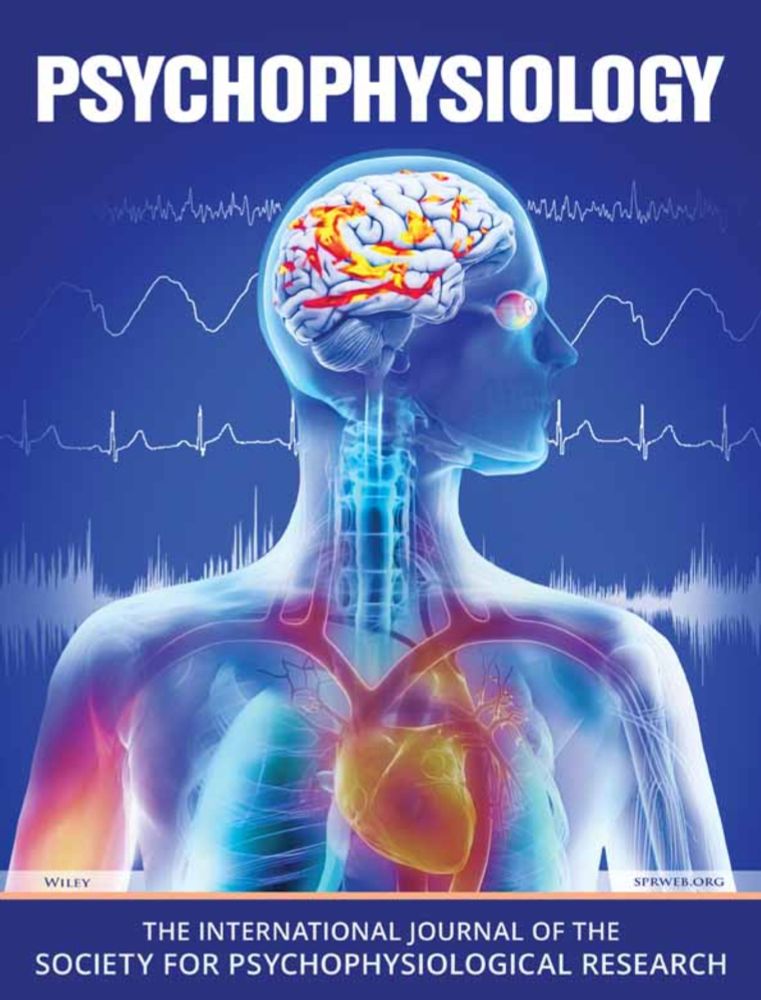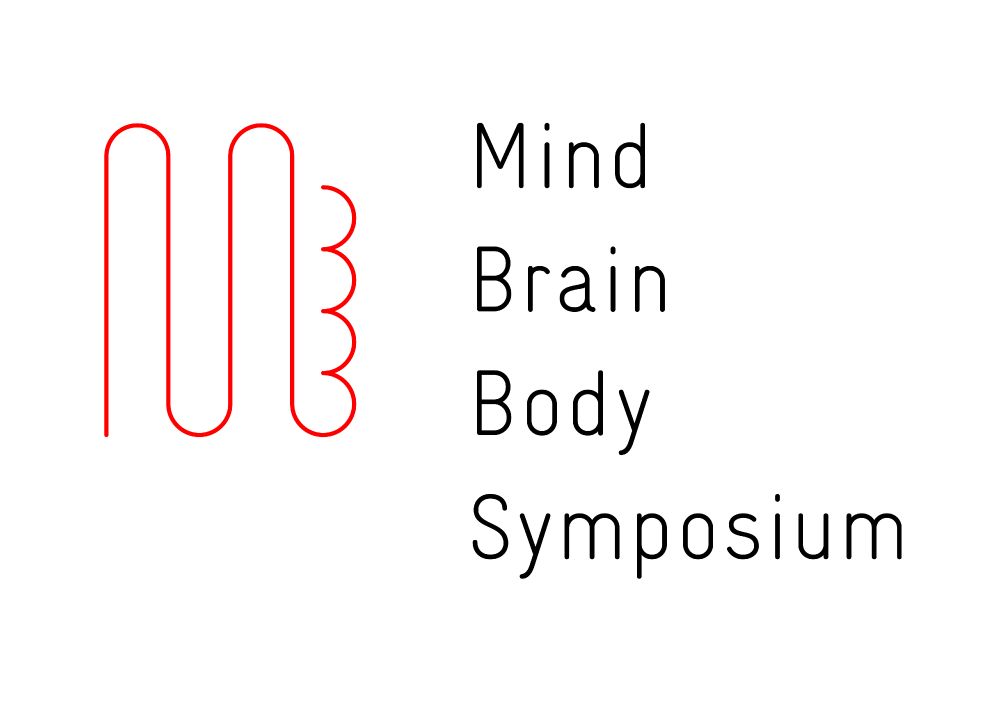Maria Ribeiro
@ribeironeuro.bsky.social
520 followers
2K following
11 posts
into cognitive neuroscience
neuroscience.pt
Posts
Media
Videos
Starter Packs
Reposted by Maria Ribeiro
Micah G. Allen
@micahgallen.com
· Jul 13
Reposted by Maria Ribeiro
Reposted by Maria Ribeiro
Donner Lab
@donnerlab.bsky.social
· Jun 27

Confirmation bias through selective readout of information encoded in human parietal cortex
Nature Communications - People often discard incoming information when it contradicts their pre-existing beliefs about the world. Here, the authors show that this discarded information is precisely...
rdcu.be
Maria Ribeiro
@ribeironeuro.bsky.social
· May 27

The cave of shadows: Addressing the human factor with generalized additive mixed models
Generalized additive mixed models are introduced as an extension of the generalized linear mixed model which makes it possible to deal with temporal a…
www.sciencedirect.com
Reposted by Maria Ribeiro
Maria Ribeiro
@ribeironeuro.bsky.social
· Apr 29
Maria Ribeiro
@ribeironeuro.bsky.social
· Apr 29
Maria Ribeiro
@ribeironeuro.bsky.social
· Apr 29

<em>Psychophysiology</em> | SPR Journal | Wiley Online Library
Periods of focused attention on incoming sensory stimuli are associated with longer cardiac cycles, measured as an increase in the interbeat interval (IBI). We found that the heartbeat-evoked potenti...
onlinelibrary.wiley.com
Reposted by Maria Ribeiro
Reposted by Maria Ribeiro
Reposted by Maria Ribeiro
Jeremy BOO! Yoder 🎃💀🕷️
@jbyoder.org
· Jan 1
Reposted by Maria Ribeiro
Maria Ribeiro
@ribeironeuro.bsky.social
· Sep 19

Brain-wide dynamics linking sensation to action during decision-making - Nature
Brain-wide recordings in mice show that learning leads to sensory evidence integration in many brain areas simultaneously, allowing sensory input to drive global movement preparatory dynamic...
www.nature.com
Reposted by Maria Ribeiro










